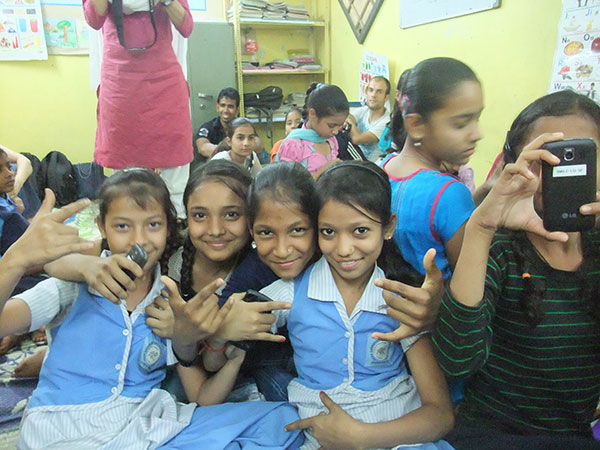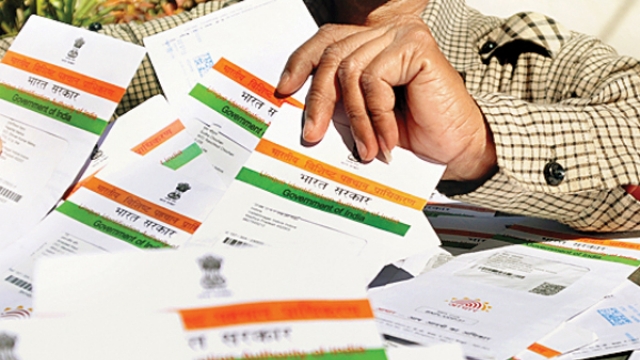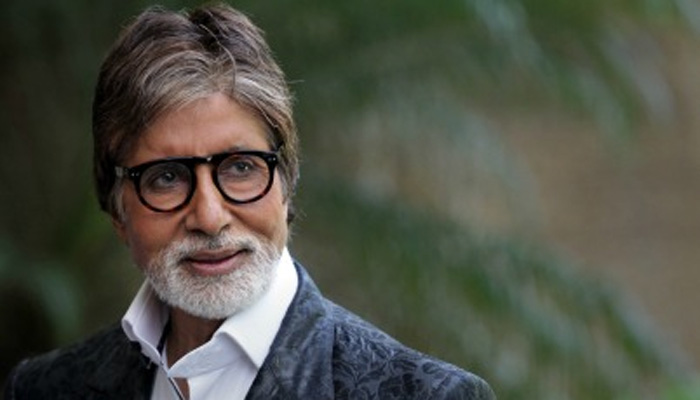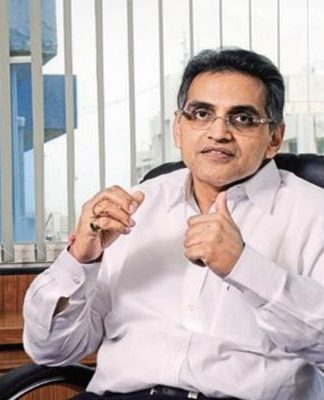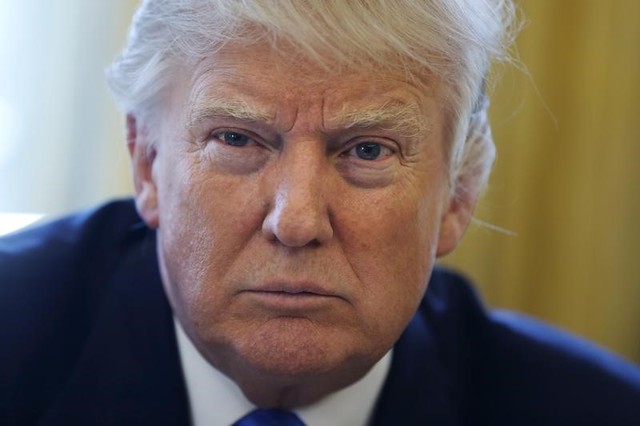Salgaon (Sirohi district): In a classroom in the government school here in southwest Rajasthan, about 25 students from standards 3, 4 and 5 standing in a circle, animatedly recited a story spoken by a specially trained volunteer-called a Team Balika (Team Child) — their recitation gradually rising in decibels with every repetition.
Run in government schools by Educate Girls, a nonprofit, the recitation was a prep session for a new style of learning, an attempt to address declining arithmetic and language skills nationwide, despite a Rs 1.2 lakh crore ($17.7 billion) investment in universal education, leaving millions of students ill-prepared for employment.
Instead of the traditional blackboard-and-chalk style of rote learning, the students, like hundreds of others in six Rajasthan districts — Ajmer, Bundi, Jalore, Pali, Rajasamand and Sirohi — learn by pictures instead of words, puzzles that help them find words, alphabet cut-outs they can put together and other uncommon learning aids that whet their appetite to learn.
The programme appears to be working. In 2015, these creative-learning sessions, conducted at least twice weekly during school hours with 79,695 standard 3, 4 and 5 students in 3,399 rural Rajasthan schools, helped record average score increases –irrespective of gender and social background — of 45 per cent in Hindi, 26 per cent in English and 44 per cent in math.
Sitting with other children on a durrie (carpet) — benches and desks are a luxury — Rahul Chauhan, 9, was engrossed in and clearly enjoying a story in his work book, Hathi aur Hiran (the elephant and the deer). He explained why. “Because of the pictures and because I like to learn stories to tell (outside of school),” said Chauhan, a broad grin on his face.






